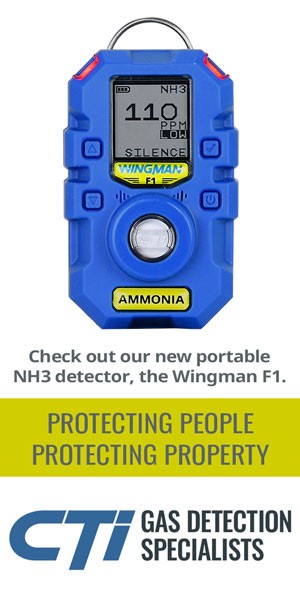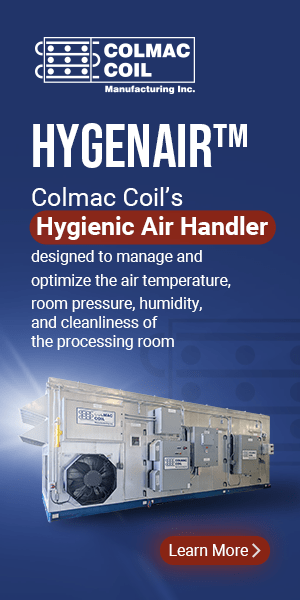OSHA Considering Revisions to Process Safety Management Regulation

On October 12th, OSHA held a stakeholder meeting regarding the rulemaking project for the PSM standard. The meeting featured a brief presentation from OSHA on the background of the PSM standard and rulemaking history. OSHA then received comments from stakeholders, including input from IIAR.
During the stakeholder meeting, OSHA outlined the major provisions under consideration for potential revision. The majority of these points were included in the initial rulemaking effort begun by the Obama Administration. However, the Biden Administration has added a section that would require consideration of natural disasters and extreme temperatures in PSM programs. This reflects the Administration’s desire to incorporate climate change policies into a wider array of regulatory schemes than in the past. A similar provision is being considered by EPA for inclusion into the RMP Program. Other similarities with the current RMP rulemaking include requirements related to thirdparty audits, safer technology, and alternatives analysis, hazard analysis, root cause analysis, and emergency response coordination.
Below is a list of particular provisions of the current PSM standard that OSHA is considering:
- Amending paragraph (b) to include a definition of RAGAGEP.
- Amending paragraph (b) to include a definition of critical equipment.
- Expanding paragraph (c) to strengthen employee participation and include stop work authority.
- Amending paragraph (d) to require evaluation of updates to applicable recognized and generally accepted as good engineering practices (RAGAGEP).
- Amending paragraph (d) to require continuous updating of collected information.
- Amending paragraph (e) to require formal resolution of Process Hazard Analysis team recommendations that are not utilized.
- Expanding paragraph (e) by requiring safer technology and alternatives analysis.
- Clarifying paragraph (e) to require consideration of natural disasters and extreme temperatures in their PSM programs, in response to E.O. 13990.
- Expanding paragraph (j) to cover the mechanical integrity of any critical equipment.
- Clarifying paragraph (j) to better explain “equipment deficiencies”.
- Clarifying that paragraph (l) covers organizational changes.
- Amending paragraph (m) to require root cause analysis.
- Revising paragraph (n) to require coordination of emergency planning with local emergency-response authorities.
- Amending paragraph (o) to require third-party compliance audits.
- Including requirements for employers to develop a system for periodic review of, and necessary revisions to their PSM management systems (previously referred to as “Evaluation and Corrective Action”).
- Requiring the development of written procedures for all elements specified in the standard, and to identify records required by the standard along with a records retention policy (previously referred to as “Written PSM Management Systems”).
In addition to revising requirements of the current PSM standard, OSHA is also considering potential changes to increase the scope of the regulation. Since ammonia refrigeration is already covered by the PSM standard, it is expected that changes to the scope are less likely to impact IIAR members. The potential changes to the scope of the current PSM standard that OSHA is considering include:
- Clarifying the exemption for atmospheric storage tanks.
- Expanding the scope to include oiland gas-well drilling and servicing.
- Resuming enforcement for oil and gas production facilities.
- Expanding PSM coverage and requirements for reactive chemical hazards.
- Updating and expanding the list of highly hazardous chemicals in Appendix A.
- Amending paragraph (k) of the Explosives and Blasting Agents Standard (§1910.109) to extend PSM requirements to cover dismantling and disposal of explosives and pyrotechnics.
- Clarifying the scope of the retail facilities exemption.
- Defining the limits of a PSMcovered process.
The next step for OSHA will be to develop a proposed rule detailing specific regulatory language changes. The OSHA rulemaking process is generally quite lengthy and takes longer than other agencies such as EPA. As a result, it is very likely that EPA will complete its RMP revisions long before OSHA issues a final rule-changing PSM. Therefore, it is important to closely track EPA’s process which will likely give hints about the ultimate policy directions that OSHA will take. IIAR is actively engaged with both EPA and OSHA on the respective rulemakings and will continue to express concerns and share recommendations to promote and protect the interests of the ammonia refrigeration industry.













